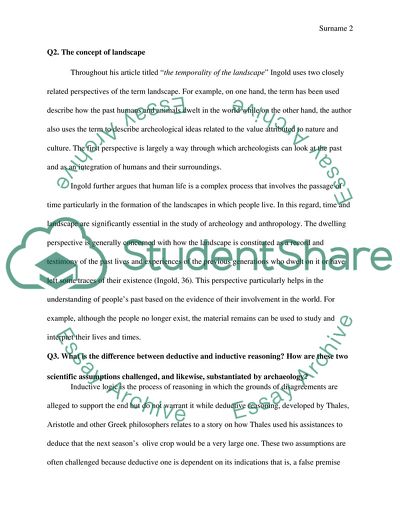Cite this document
(Questions concerning Archeology Essay Example | Topics and Well Written Essays - 2000 words - 1, n.d.)
Questions concerning Archeology Essay Example | Topics and Well Written Essays - 2000 words - 1. https://studentshare.org/archaeology/1796692-mid-term-paper
Questions concerning Archeology Essay Example | Topics and Well Written Essays - 2000 words - 1. https://studentshare.org/archaeology/1796692-mid-term-paper
(Questions Concerning Archeology Essay Example | Topics and Well Written Essays - 2000 Words - 1)
Questions Concerning Archeology Essay Example | Topics and Well Written Essays - 2000 Words - 1. https://studentshare.org/archaeology/1796692-mid-term-paper.
Questions Concerning Archeology Essay Example | Topics and Well Written Essays - 2000 Words - 1. https://studentshare.org/archaeology/1796692-mid-term-paper.
“Questions Concerning Archeology Essay Example | Topics and Well Written Essays - 2000 Words - 1”. https://studentshare.org/archaeology/1796692-mid-term-paper.


